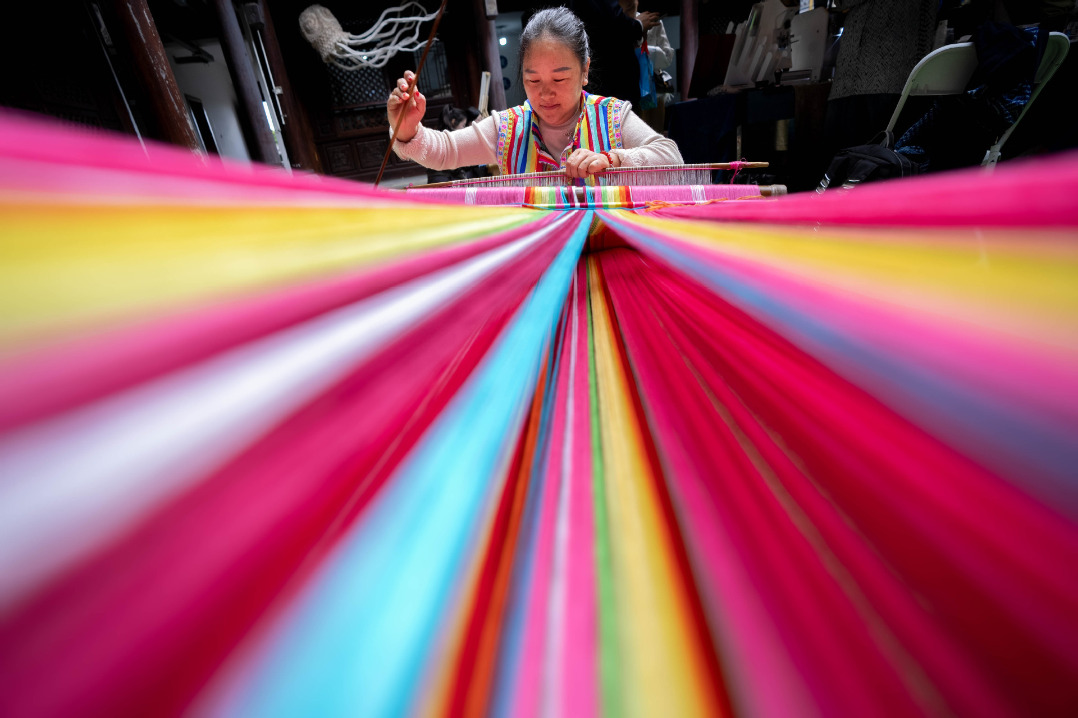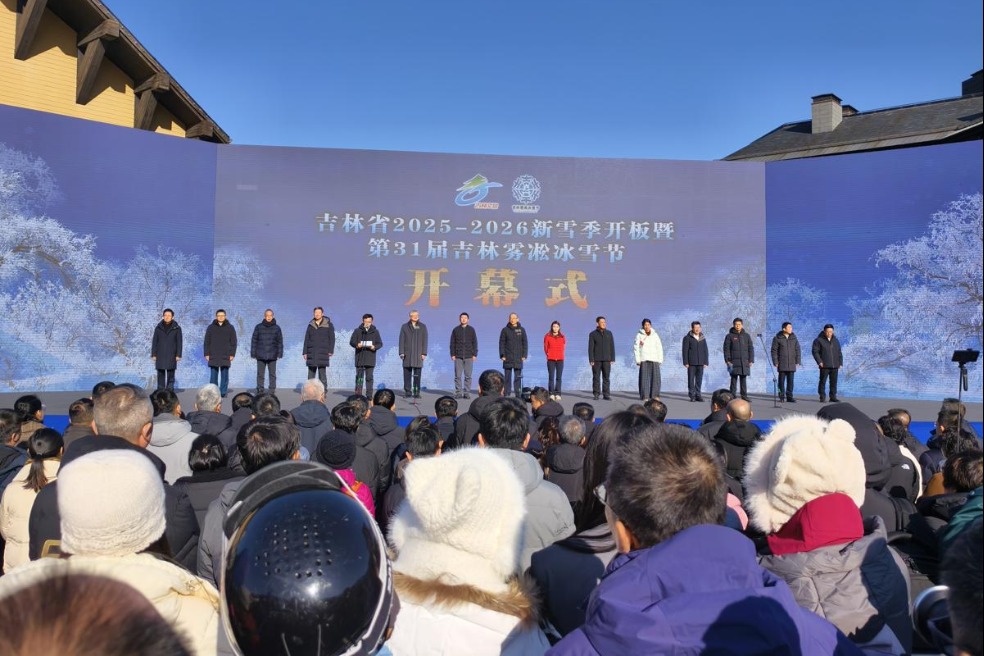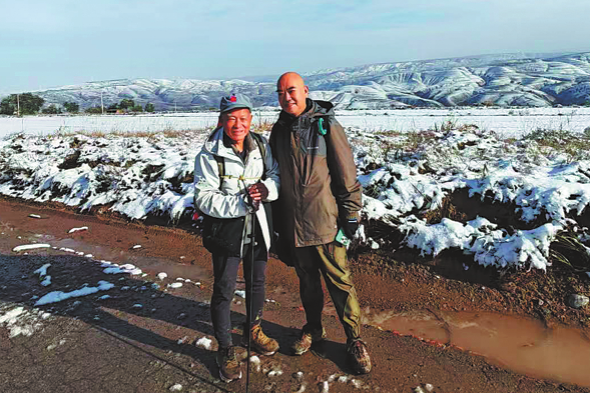Archaeologists uncover rare sheep-drawn carriage in Xi'an


A rare sheep-drawn chariot was excavated at the western tomb of Emperor Qinshihuang's Mausoleum site recently in Xi'an, Shaanxi province, which helps further research on ancient Chinese vehicles.
At the burial pit, six sheep were lined up in a row. Although the body of the chariot has ceased to exist, the accessories used for pulling the chariot were still preserved on the sheep's bones, so archaeologists inferred that it was a sheep-drawn chariot, according to Jiang Wenxiao, who is in charge of the western tomb's archaeological excavations, at the fourth China Archaeological Congress held in the city from Monday to Wednesday.
In ancient China, people often traveled by horse-drawn and ox-drawn carts, so a large number of such relics have been unearthed. The discovery of a sheep-drawn chariot is extremely rare.
Emperor Sima Yan of the Western Jin Dynasty (265-316) rode a sheep-drawn cart every night, and when the cart stopped at a palace he would sleep there, according to a Chinese idiom. It was the first historical record of sheep-drawn chariot.
- Study explains why Chang'e 6 moon soil is unexpectedly sticky
- Rare Sapria himalayana once again enters blooming period in Yunnan
- China to launch Shenzhou XXII spaceship on Nov 25
- Students practice restoring Yuan Dynasty mural details at Shanxi University
- Ministry crackdown dismantles counterfeiting criminal industrial chains
- Explainer: How will China peak coal, oil use in its climate push




































